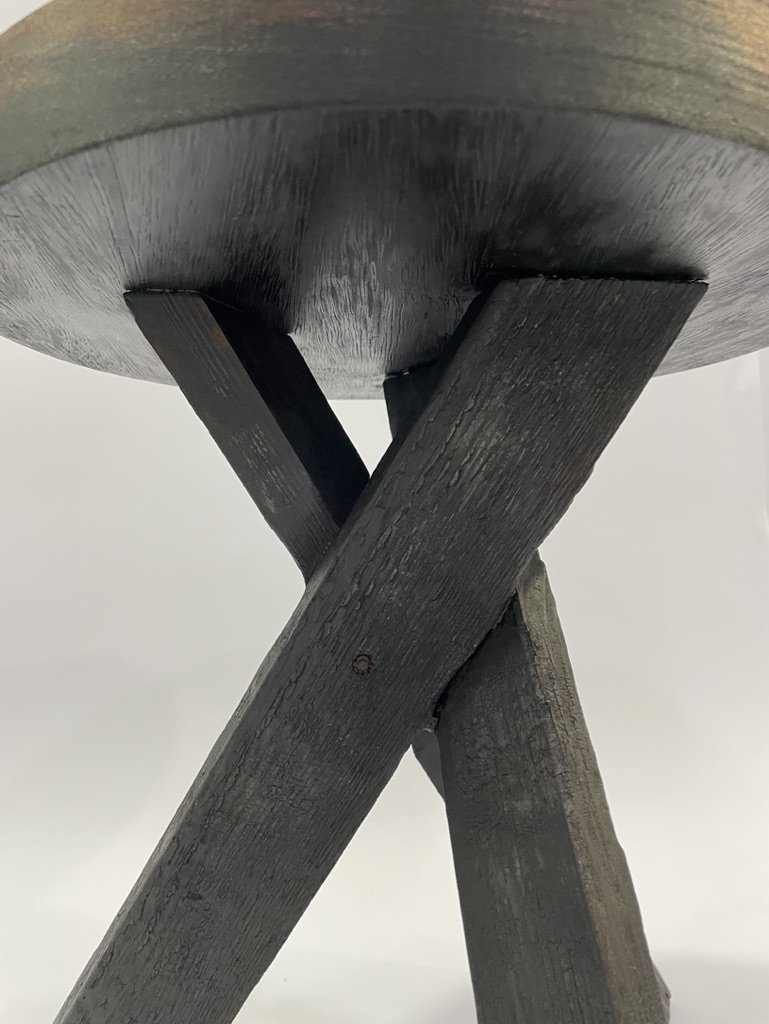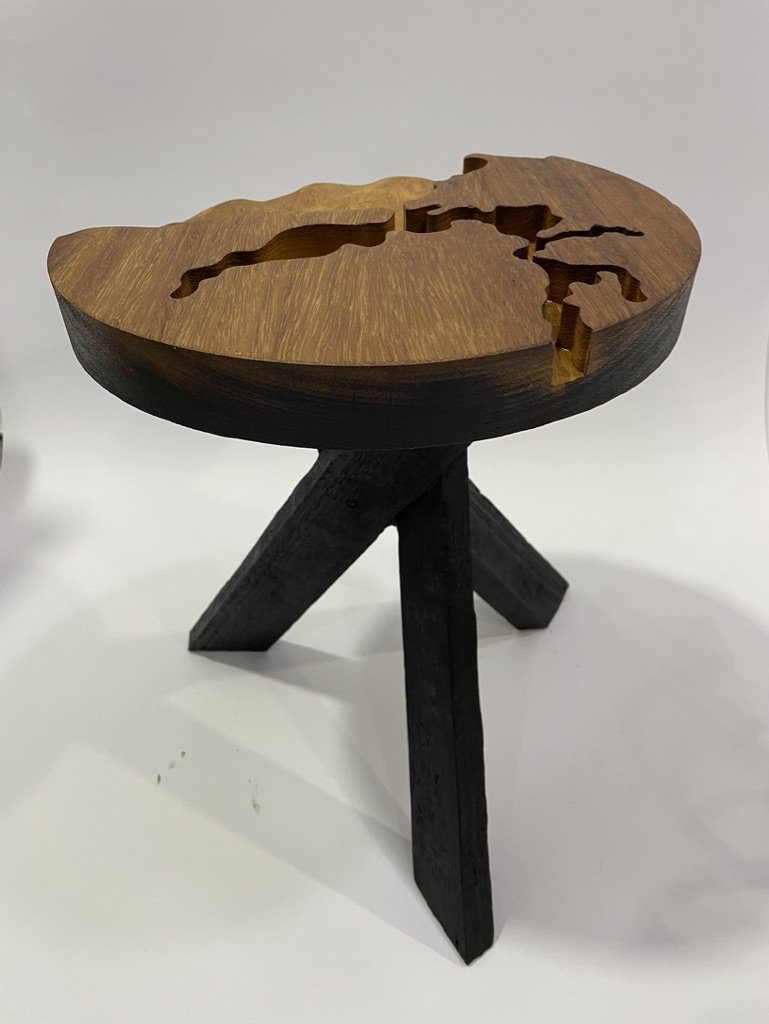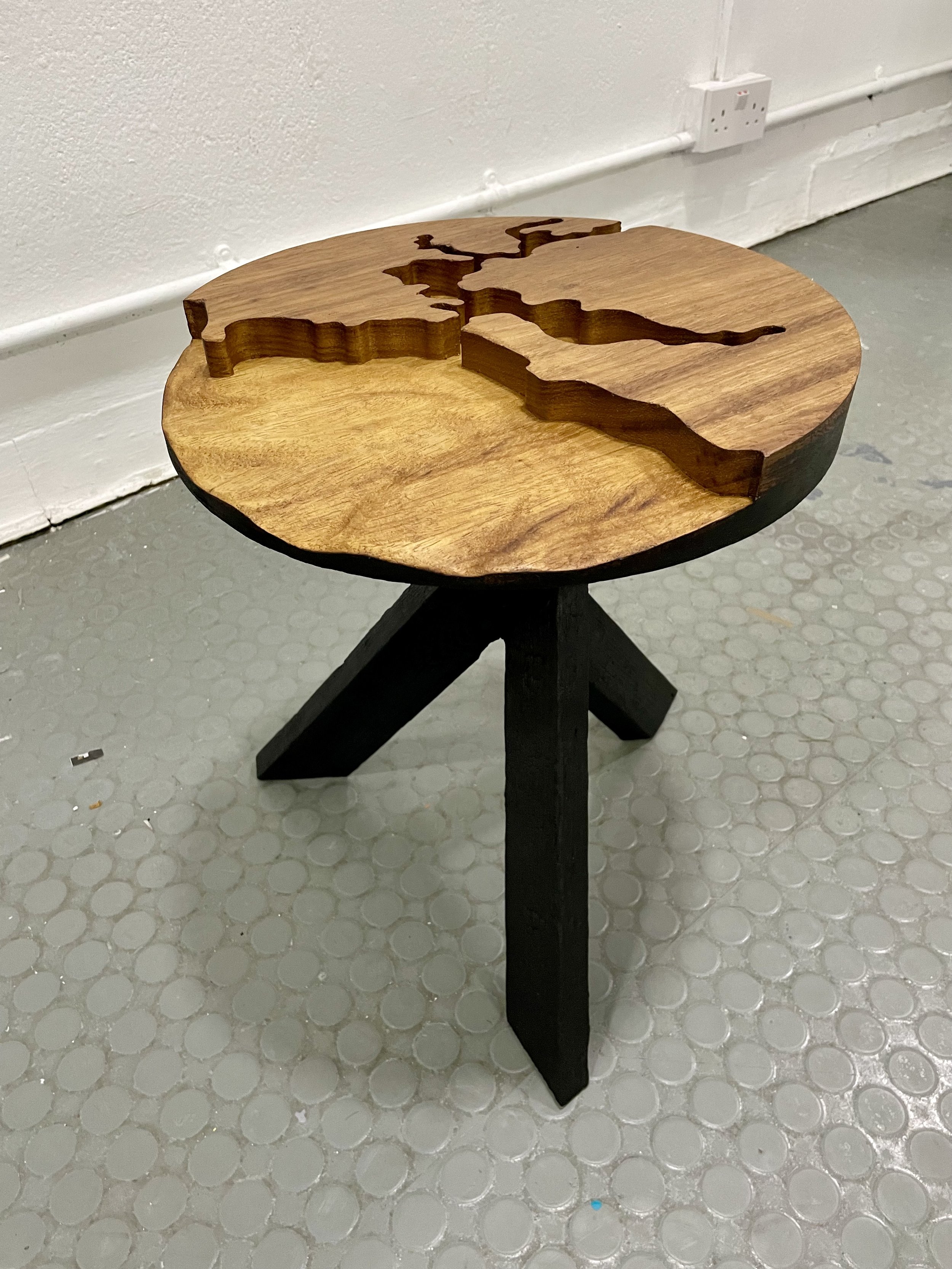Graduate Project: Design & Build a chair | Duration: 4 weeks
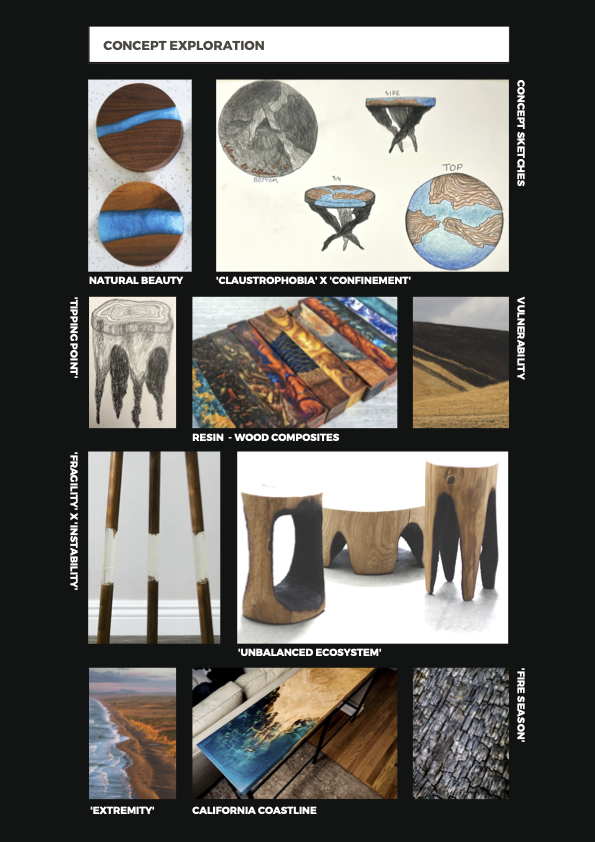
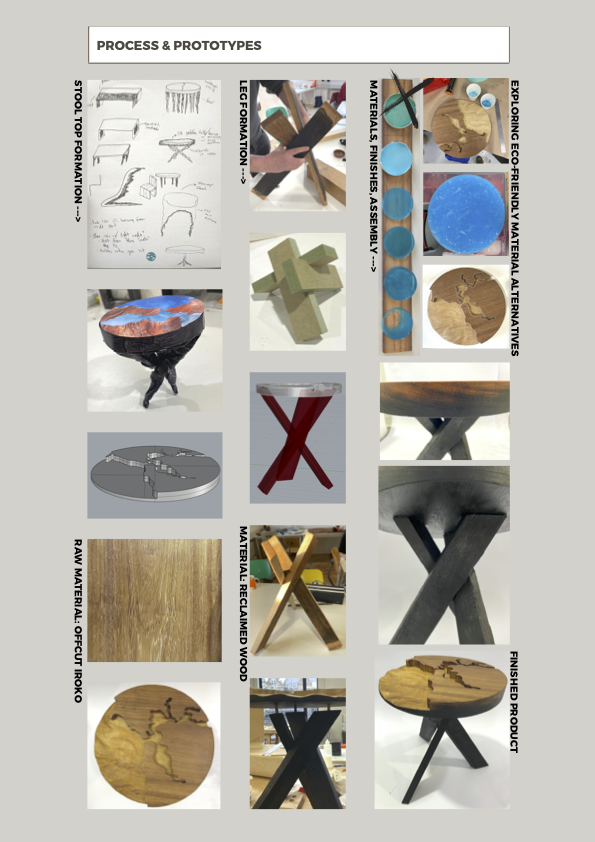
Personal Note:
On a gloomy autumn afternoon in 2019, I watched as the crystal-blue sky slowly dulled to brown and the air turned fetid as smoke so thick it obscured the horizon descended on San Francisco from the Kincade Fire raging dozens of miles away. That night, I headed home sporting what would become the greatest fashion statement of next year: a face mask. When morning rolled around, I learned there had been yet another fire during the night, a 7-acre disaster just five minutes from my home, but power outages combined with a resulting lack of cell service meant we had missed the evacuation orders. My throat burning, I wondered if I was sick as I left for work.
Growing up in California, I was no stranger to the dry, desiccated terrain and challenges that came with it, but, after years of drought, heat, and poor landline management, recurrent and severe wildfires had become the norm. As I grew up, I witnessed firsthand as the severity of fire season intensified and worried what it would mean for my community.
While many countries are yet to feel the full impact of the crisis, they will one day. What’s happening in California can serve as a warning to the rest of the world: combating this crisis will take a cohesive, global effort. One that is well worth the cost.


